Continuing their incredible rebrand efforts featuring HyperMax 3D Extreme, OxyMax, VasoMax, and far more, Performax Labs has announced their next new formula:
Performax Labs PhytoActivMax: Greens for Performance Athletes
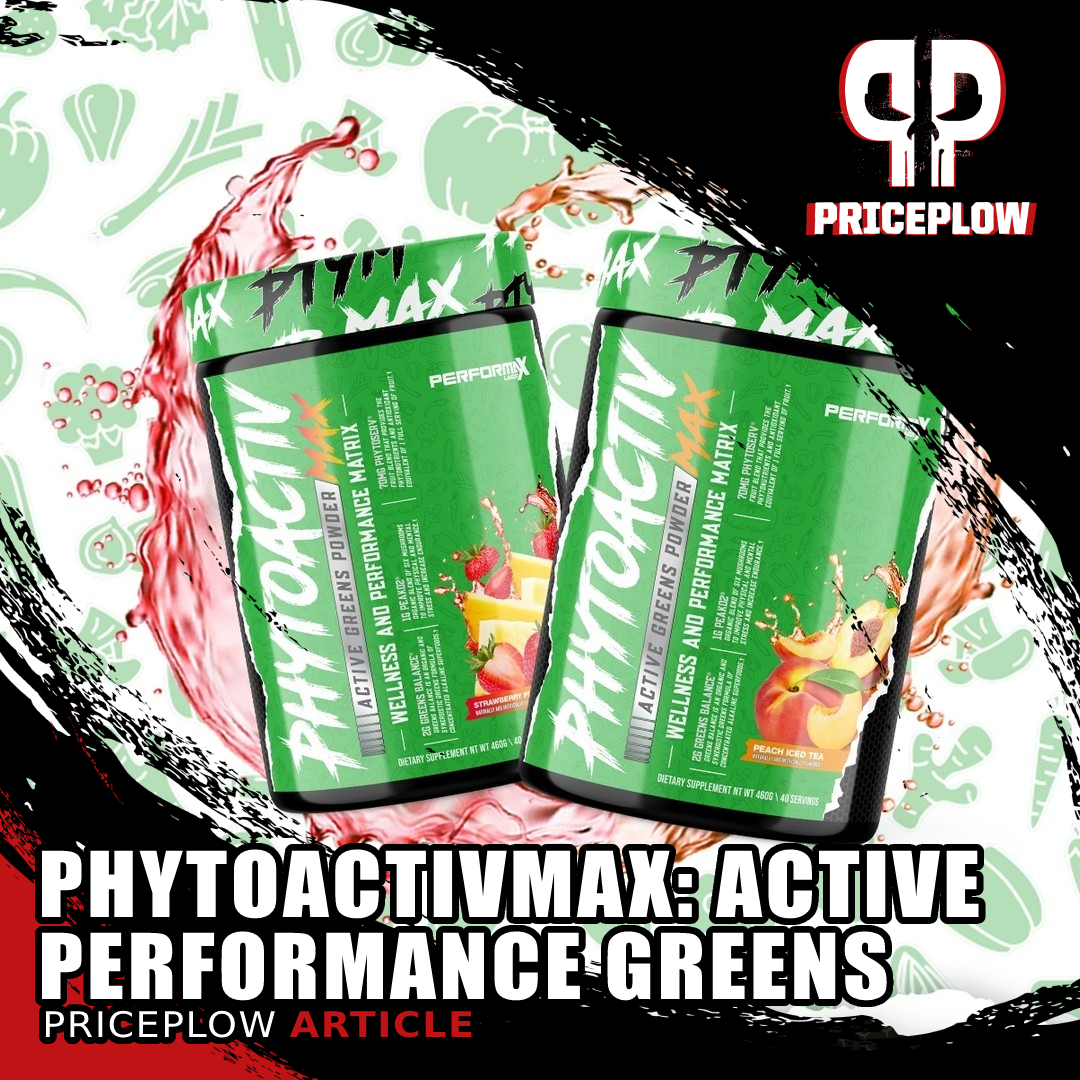
Performax Labs PhytoActivMax is an active performance greens formula for the aggressive athletes that use Performax supplements. Rarely do we get this excited for a greens formula, but this one is that unique.
PhytoActivMax is the upcoming Performax Labs greens supplement, and it's made just for the brand's core customer base: aggressive athletes. This is a comprehensive "active greens" product that brings performance and cardiovascular wellness to the superfoods / greens category.

What a great couple of years it's been for Performax Labs. This is an aggressive brand with brains, and that's why we love them.
As is the norm for the team, Performax Labs went above and beyond with this one, featuring over a gram of spirulina, a mushroom blend in PeakO2, liver support, blood pressure support, guth health, and far more. This combines many of the ingredients seen in modern organ health supplements with the immunity and performance enhancers in mushroom supplements alongside phytonutrient-dense greens -- all in one very well-dosed tub!
Finally, Performax is claiming best-in-class flavor -- even though the formula is so loaded, they're still willing to take on any and all decently-dressed greens formulas. Competition is good.
Our analysis of PhytoActivMax is below -- first, see availability on PricePlow and check our Performax Labs news alerts, they've been teasing even more on the way:
Performax Labs PhytoActiv Max – Deals and Price Drop Alerts
Get Price Alerts
No spam, no scams.
Disclosure: PricePlow relies on pricing from stores with which we have a business relationship. We work hard to keep pricing current, but you may find a better offer.
Posts are sponsored in part by the retailers and/or brands listed on this page.
This area is reserved for Team PricePlow's upcoming Ingredients video.
Subscribe to our channel and sign up for notifications so you catch it when it goes live!
PhytoActivMax Ingredients
This powerhouse of a formula, PhytoActivMax has a lot of different superfoods, herbal extracts, and performance enhancers, so for the sake of brevity, we're going to touch on just one or two of the most significant effects of each ingredient.
One big thing to note about this supplement is that the main ingredients are Organic certified, which should be important for anyone who's really trying to optimize their health. Unfortunately, there's strong evidence to suggest that most pesticides and herbicides used today have xenoestrogenic and/or carcinogenic properties, so we ideally want to limit our exposure to those as much as we can.
Thanks to the rigor of the USDA Organic certification program, the public can rest assured that when buying organic, we are minimizing exposure to harmful toxins.
Supplements are generally expensive, as we all know – but in this case, with nearly half the product by weight consisting of certified Organic ingredients, you are really getting value for the premium you pay.
In a single, 1-scoop serving of PhytoActivMax from Performax Labs, you get the following:
-
Green Balance – 2,000 mg
The Green Balance powder blend is formulated for immunity-boosting and general antioxidant support. It consists of:
- Alfalfa grass: in vitro, a powerful antioxidant.[1] In animal models, fights diabetic state by improving blood sugar and blood lipid profile.[2-5]
- Wheatgrass: a powerful anti-inflammatory plant, it inhibits cyclooxygenase-2 (COX-2), the same target of world-famous, non-steroidal anti-inflammatory drug, aspirin.[6] A phenomenal source of the pigmented antioxidant chlorophyll,[7] which can neutralize aflatoxins.[8]
- Barley grass: high concentration of gamma-aminobutyric acid (GABA),[9] a neurotransmitter that opposes excitotoxicity by calming neurons.[10] Like most ingredients in the Green Balance blend, anti-inflammatory[9] and anti-diabetic.[11]
- Lemon juice: although a small dose, still a good source of vitamin C.[12] Also contains hesperidin, a flavonoid with strong anti-estrogen effects,[13] and diosmin, which has cardiovascular benefits.[14,15] Hesperidin can improve blood cholesterol profiles.[16]
- Kale: by now we've all heard of kale's superstar antioxidant status, as it contains high concentrations of kaempferol and quercetin,[17] zeaxanthin and lutein.[18]
- Astragalus: powerful immunity booster[19] and anti-inflammatory.[20] Might inhibit carcinogenic cell activity.[20]
- Spirulina: like wheatgrass, a COX-2 inhibitor.[21] Also contains high concentrations of c-phycocyanin (a powerful anti-inflammatory antioxidant)[21] and immulina[22] (a special type of carbohydrate that boosts immunity).[22] Spirulina will be covered in depth below, because we're getting an additional gram of it separate from this blend.
- Oat grass: unique antioxidants in oat grass called avenanthramides increase nitric oxide (NO) production,[23,24] which comes with a multitude of benefits that can include improved heart health.[25,26]
- Chlorella: can boost immunity[27] and chelate mercury, helping the body to excrete more of the neurotoxic element and preventing the transfer to fetuses in pregnant women.[28-30]
-
Spirulina powder – 1,000 mg
You may recognize spirulina powder from the Green Balance blend mentioned above. As we said, spirulina has potent anti-inflammatory effects[21] and may boost immunity. So a little extra is a pretty big benefit.[22] If you compare this dose to other greens formulas, which are often buried in proprietary blends, you'll realize that we're getting a lot more here.
Spirulina may also lower blood pressure by boosting NO production, improve athletic endurance, and fight anemia. But the doses used for these effects are much larger than the 1,000-milligram dose in this PhytoActivMax blend. For example, a daily 1-gram dose of spirulina powder was not able to lower blood pressure in adults who did not have hypertension,[31] but a daily 4.5-gram dose did.[32]
However, much smaller doses of spirulina still seem to improve circulation, even if it doesn't show up in blood pressure measurements (and don't worry, there are other blood-pressure targeting ingredients in PhytoActivMax that we'll get to).
1 gram doses have shown some spectacular results
Researchers who administered 1 gram of spirulina daily to patients with oral submucous fibrosis (OSMF), a condition where the mouth is filled with precancerous lesions, found that 45% of the spirulina group saw their lesions completely disappear![34]
By nutritional-supplement standards, that's a pretty stunning result, as is the fact that in another study, spirulina treated OSMF better than pentoxifylline — a powerful phosphodiesterase-5 (PDE-5) inhibitor that similarly boosts circulation in small blood vessels and is one of the front-line treatments for fibrosis.[35]
Even if you don't have OSMF, you should take this result seriously: even 1-gram doses of spirulina are capable of vastly improving the health of your peripheral tissues by ensuring blood gets delivered everywhere that it should.
Fibrosis is a big problem as we get older, and generally entails a loss of function in any tissue that it afflicts. So anything you can do to fight fibrosis is a big winner in PricePlow's book.
Spirulina also has impressive anti-diabetic effects at a dosage of 2 grams per day,[36] helping get blood sugar under control. Granted, the listed dose of spirulina in PhytoActivMax is only half that, but considering the fact that there's some additional spirulina in the Green Balance blend, we're probably fairly close to a 2-gram dose, overall.
Finally: go check the spirulina content of competing products, especially in the sports nutrition space. It will generally be in the back-end of a proprietary blend, or dosed lower than this. Performax Labs' attention to spirulina in this space is impressive. Next, we get another difference-maker:
-
PeakO2 – 1,000 mg
The PeakO2 mushroom blend is led by cordyceps militaris, which we argue is more consistent than cordyceps sinensis.
PeakO2 is a blend of adaptogenic mushrooms. It gets its name from the fact that many of these mushrooms have been shown to increase oxygen uptake in humans, thus also increasing athletic performance.
First a general word about these mushrooms.
Adaptogenic mushrooms can boost immunity
Mushrooms have high concentrations of specific carbohydrates that your body can use as prebiotic fiber.[37] Examples of these prebiotic carbohydrates include galactans, mannans, and xylans.[37]
Having the right prebiotic fiber is important because it feeds the good bacteria that want to take up residence in your gut. It also exists in symbiosis with you, the host. Thus, adequate intakes of prebiotics can boost immunity by enabling beneficial microbes to outcompete pathogens in your gut.[38]
Adaptogenic mushrooms can improve endurance
In the research literature, several weeks of low-dose edible mushrooms taken daily has been observed to reduce levels of lactic acid in the blood, as well as slightly increase VO2 max, time to exhaustion, and overall performance.[39-41]
The common denominator in these studies is that the mushrooms were taken for a long time:[39,40] making them perfect for inclusion in a greens supplement, which is intended to be taken every single day, as you would take a multivitamin.
Adaptogenic mushrooms can speed recovery
Some of the mushrooms in this blend have also been shown to activate phagocytes,[42,43] immune cells that are responsible for repairing damaged tissue.
Phagocytes also help break down cellular debris that's beyond repair —[44] a process called autophagy— thus making the raw materials from that debris available for making new cells.
How does the PeakO2 blend specifically stack up?
So that's the theory behind PeakO2. How does it hold up in practice?
In a real-world research setting, PeakO2 does pretty much exactly what you'd want an athletic mushroom blend to do. In a double-blind, randomized, placebo controlled study conducted on undergraduates at the University of North Carolina, researchers found that the PeakO2 group had better VO2 max, time to exhaustion, and power output, compared to controls.[45] However, that study used a large dosage -- 4 grams per day.
So PeakO2 was tested again in a follow-up study, this time looking at results from a lower dosage (2 grams per day) over 28 days against a higher-dosage (12 grams per day) over 7 days.[46] They found that achieving results at a lower dosage took a bit longer, but after four weeks, the lower-dose PeakO2 group indeed had the following benefits:[46]
- Significantly greater time to fatigue,
- Significantly increased VO2peak, and
- Significantly decreased blood lactate levels
Although these benefits are with a still-higher dose than what we have here in PhytoActivMax, they're promising for those who are willing to commit to mushroom use over time.
-
PhytoServ fruit blend – 70 mg
Don't be fooled by the apparently small dose size. This super-concentrated blend of fruit extracts was designed to contain an entire serving's worth of powerful phytonutrients. Thus, it enables supplement manufacturers to legally claim that their products contain whole servings of fruit or vegetables.
A single 70-milligram dose of PhytoServ is claimed to contain the same amount of polyphenols, flavonoids, and antioxidants[47] that you'd get from a single serving of whole fruit.
The fruits inside are grape seed extract, wild blueberry extract, raspberry, cranberry, prune, tart cherry, wild bilberry extract, and strawberry.
-
Liver Support – 1,050 mg
Milk thistle and grape seed extract are included to optimize liver function – a big deal since the liver is responsible for crucial jobs, like removing toxins from your body and converting inactive thyroid hormone (T4) to the active form, known as (T3).
-
Milk thistle – 750 mg
There are many studies showing that milk thistle, with its bioactive constituent silymarin, is capable of protecting liver tissue from damage by a wide range of toxic insults. More than that, there are several high-powered meta-analyses that have concluded this body of research is valid.[48,49]
-
Grape (seed) extract – 300 mg
Grape seed extract is standardized for proanthocyanidins, a class of phytonutrient antioxidant that uniquely benefits liver health. In one study where researchers gave rats carbon tetrachloride, a known liver toxin, they discovered that proanthocyanidins were capable of protecting the rats' livers from damage.[51] Specifically, proanthocyanidins were able to suppress an enzyme pathway that, when it metabolizes carbon tetrachloride, typically results in liver steatosis — the accumulation of fat in the liver.
Enjoy the NO protecting properties of grape seed extract? Then prepare for the PUMPDEMIC with Performax Labs VasoMax
Mice who took proanthocyanidins were spared from steatosis.[51]
In another study, proanthocyanidins were found to increase levels of nicotinamide adenine dinucleotide (NAD+) in the livers of rats.[52] Since NAD+ benefits mitochondrial health and upregulates an important pro-longevity and pro-metabolic gene called sirtuin 1,[53] increasing NAD+ concentrations anywhere is going to improve the health of that tissue and make it more resilient to stress.
Another antioxidant seemingly upregulated by proanthocyanidins is glutathione (GSH), the unbelievably powerful "master antioxidant" of the human body.[54]
-
-
Blood Pressure Support
Blood pressure and cardiovascular health are topics that need no introduction – pretty much everyone over a certain age pays attention to cholesterol levels and works to prevent heart disease and hardened arteries. With PhytoActivMax, Performax Labs put this blend into their greens formula, as opposed to a separate supplement, something we greatly appreciate.
-
Hawthorn extract (std. to 1.8% Vitexin-2-Rhamnoside) – 500 mg
Used for thousands of years in traditional Chinese medicine to treat high blood pressure,[55] hawthorn extract has received some recent scientific attention as evidence for its efficacy has emerged and is rapidly growing.
In double-blind, randomized, placebo-controlled study, researchers found that congestive heart failure (CHF) patients who took hawthorn extract did significantly better on an exercise test than CHF patients who didn't,[56] with a power output 8.3 watts higher than the control group. For most people – especially older people with CHF – 8.3 watts is nothing to sneeze at. Even professional cyclists would be pretty happy to increase their functional power threshold by 8.3 watts.
In another study, hawthorn extract was found to protect the hearts of rats from arrhythmias induced by a cardiac toxin.[57] In fact, hawthorn was so good at lowering blood pressure in these rats that the researchers caution its hypotensive properties should be taken into consideration whenever hawthorn is used!
-
Celery – 300 mg
This one is pretty straightforward: celery contains phthalides, phytonutrients that cause blood vessels to relax and expand.[58] Obviously, this causes blood pressure to drop.
Celery contains other phytonutrients with hypolipidemic properties, meaning that they clean blood and move lipids out of your bloodstream, which should positively affect triglycerides levels.[58]
Administering a 300-milligram dose of celery extract to rats caused reductions in blood pressure, ranging from about 20 to 40 mm Hg, and heart rate reductions around 25 to 60 beats per minute (bpm).[59] Considering that a rat's heart rate is generally around 350 to 450 bpm, that means we're looking at a 5% to 12% reduction in heart rate, which is significant. And remember, the human equivalent dose is about one-twelfth of what you give to rats – so 300 milligrams of celery extract for rats is actually a lot less than it is for humans, relatively speaking.
-
-
Cholesterol Support
Again, what truly serious athlete isn't watching their lipid levels? These ingredients are included to improve your blood cholesterol profile.
-
Artichoke leaf extract (std. to 5% total caffeoylquinic acids) – 500 mg
Artichoke Extract has worked across several studies - these benefits are very real and impressive![60]
Artichokes contain high concentrations of luteolin and chlorogenic acid, powerful antioxidants that can help reduce inflammation in your blood vessels – this matters because the core function of cholesterol in the blood is to act as a band-aid that your body puts over inflammatory lesions in the vascular wall.
Several studies have demonstrated that, partly because of these antioxidants, supplementing with artichoke leaf extract can positively affect cholesterol levels.[60-62]
In one randomized, double-blind, placebo-controlled study from 2013, subjects who took 500 milligrams daily of artichoke leaf extract for 8 weeks saw a significant increase in their HDL cholesterol, the "good" cholesterol, and a significant reduction in total cholesterol and LDL.[61] When looking at lipids, we're most concerned about HDL and triglycerides, and there are very few interventions that can raise safely HDL -- but the impressive artichoke in PhytoActivMax can!
-
Japanese knotweed (root) Extract (std. to 20% Trans-Resveratrol) – 200 mg
Long used by traditional Chinese medicine to stimulate blood flow and improve heart health, Japanese knotweed has a high concentration of resveratrol,[63] a polyphenol that upregulates sirtuin 1 (SIRT1).
Trans Resveratrol, being the active form, is shown to have several times the antioxidant activity than the standard form
As in the case of artichoke leaf, researchers have found that resveratrol can positively influence cholesterol levels.[64] Moreover, resveratrol can help prevent "bad" cholesterol from being oxidized, which is one of the mechanisms by which plaque builds-up in human arteries.[65,66]
This effect has been observed not just in animal models, but in randomized, placebo-controlled human trials as well.[67]
-
-
Gut Health – Fiber, Probiotic, and Digestive Enzymes
The ancient Greek physician, Hippocrates— widely considered the founder of Western medical science— famously observed that "all disease begins in the gut." At this point, any greens supplement worth its salt is going to include a section of ingredients focused on gut health – and as we've seen, some of the ingredients discussed above will benefit your gut as well (specifically, the mushroom blend).
-
Fibersol-2 (prebiotic soluble corn fiber) – 2,000 mg
Fibersol-2 is a soluble corn fiber extract that's generally recognized as safe (GRAS) by the FDA. It's standardized to be at least 90% soluble dietary fiber, which is crucial for optimal gastrointestinal health.[68]
We've all heard the usual stuff about fiber keeping us regular and improving stool formation. Fiber can even improve your cholesterol profile.[68]
But in our opinion, the main thing to remember about the carb is that adequate fiber intake is absolutely crucial for the all-important gut microbiome to operate properly. Dietary fiber seems to benefit symbiotic "good" bacteria that help us metabolize food[69] and crowd out bad pathogenic bacteria that can make us sick if they take up residence in our gut.
-
LactoSpore (Bacillus coagulans MTCC 5856) – 2 billion CFUs
Speaking of good bacteria, LactoSpore is a probiotic supplement that contains Bacillus coagulans, a strain of bacteria whose ability to normalize the gut is so powerful that it's been identified as a potential therapy in irritable bowel syndrome (IBS).
In one randomized, double-blind, placebo-controlled study, IBS patients who supplemented with B. coagulans had significantly less bloating and pain than those who didn't.[70]
Other studies have also confirmed less gas and bloating.[71] This is a unique but appreciated inclusion to a product category that often skirts around gut health and gas, but doesn't attack it directly.
-
DigeZyme – 100 mg
DigeZyme is a patented blend of digestive enzymes that help your body break down food in the gut. The function of these enzymes is as follows:
- α-Amylase: breaks down starchy carbs
- Protease: breaks down proteins
- Cellulase: breaks down cellulose, a fibrous carbohydrate found in vegetables
- Lactase: breaks down lactose, the main sugar in milk
- Lipase: breaks down fat
Each of these enzymes, by breaking down complex molecules into their constituent parts, makes those smaller molecules available to your body, which can then use them as building blocks to assemble other important biological molecules.
Researchers have found that supplementing with digestive enzymes can minimize gastrointestinal distress[72] and reduce delayed-onset muscle soreness (DOMS).[73,74] All the more reasons to include it in an active greens formula like PhytoActivMax!
-
Flavors available
The Performax Labs leadership team is incredibly proud of their flavorings, and are willing to put PhytoActivMax against any well-dosed formula in the sports nutrition landscape:
Conclusion: A greens supplement athletes can look forward to taking
In 2020, we saw a slew of immunity-related greens powders. They all had some great benefits, and we now believe that corner of the market is well taken care of.
Performax Labs, however, knows their demographic: aggressive athletes. So they did what they always do - made a maximum performance supplement. With PhytoActivMax, Performax combines many of the ingredients we see in numerous endurance-enhancing supplements with the organ-support and gut-health ingredients that have become so popular lately. In a world of "me-too" greens powders from so many other brands, this is a brilliant formula.
Performax has made it very well known that when they get into a niche, they're going to do it their way and differently from everyone else. This generally speaks to their commitment to athleticism and performance, and with PhytoActivMax, they hit the nail right on the head.
Performax Labs PhytoActiv Max – Deals and Price Drop Alerts
Get Price Alerts
No spam, no scams.
Disclosure: PricePlow relies on pricing from stores with which we have a business relationship. We work hard to keep pricing current, but you may find a better offer.
Posts are sponsored in part by the retailers and/or brands listed on this page.
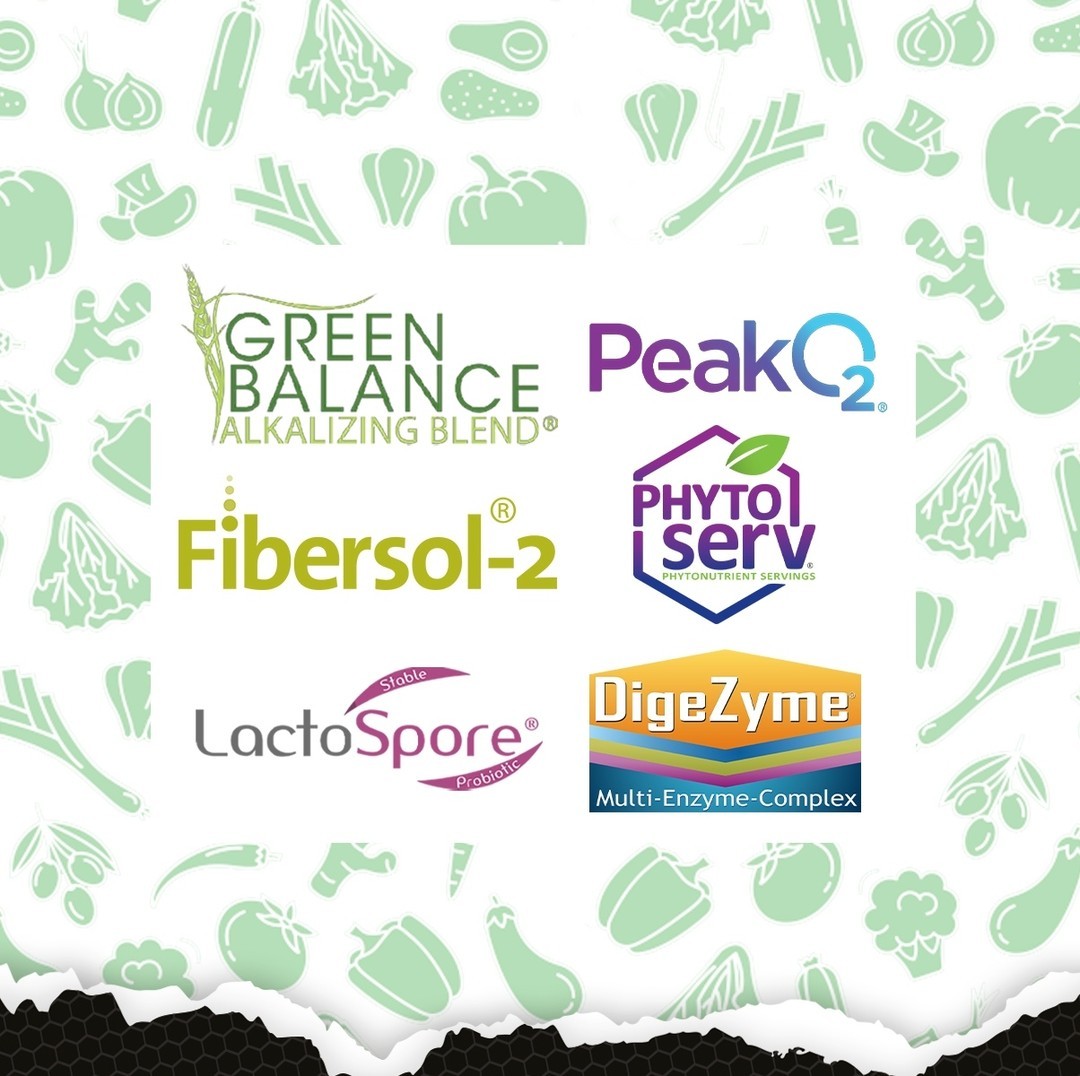
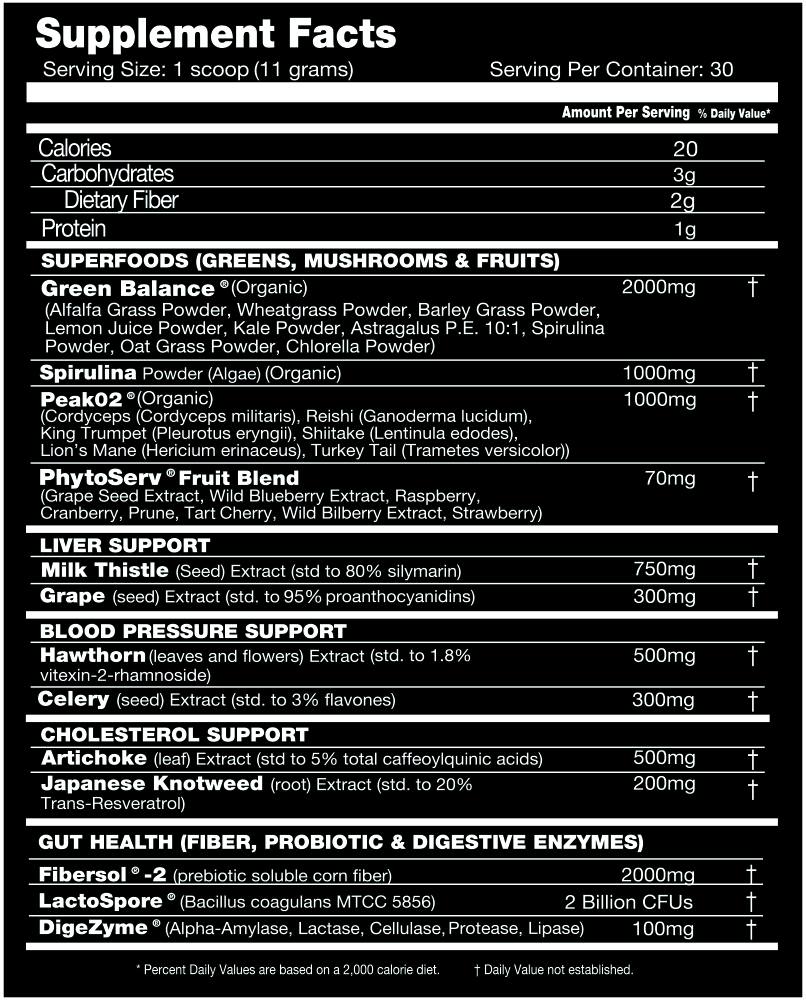
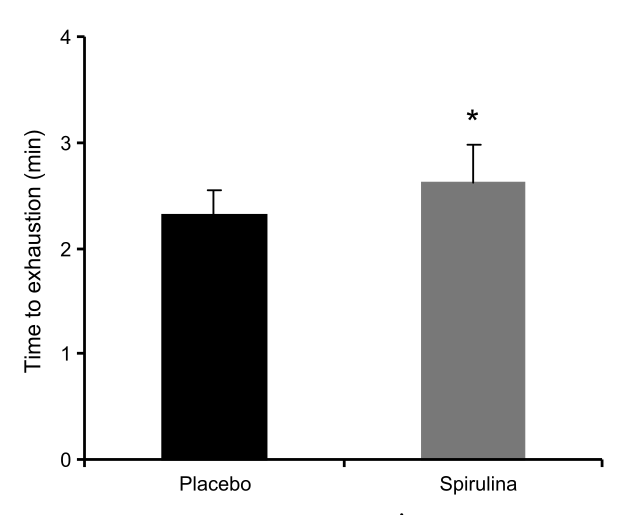
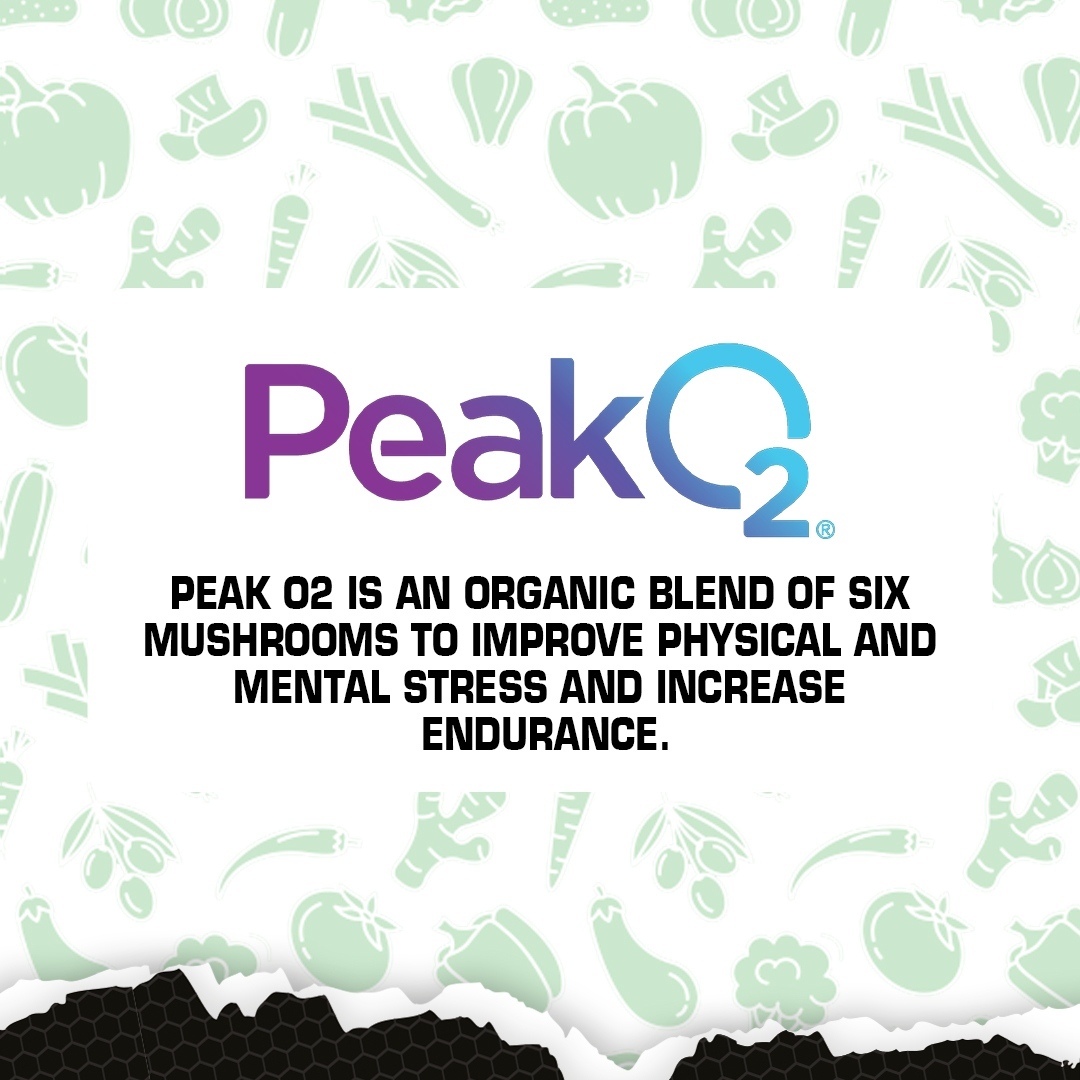
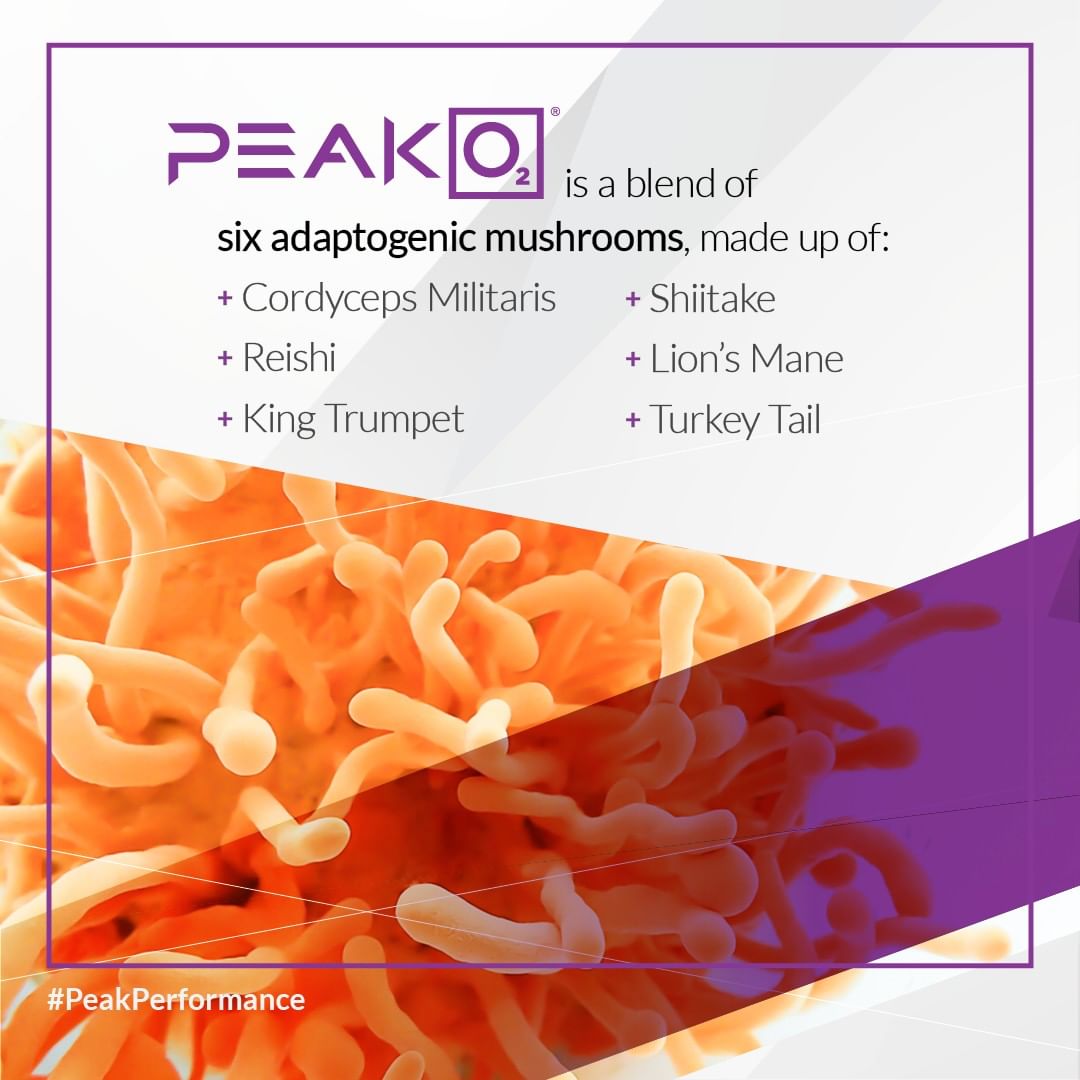
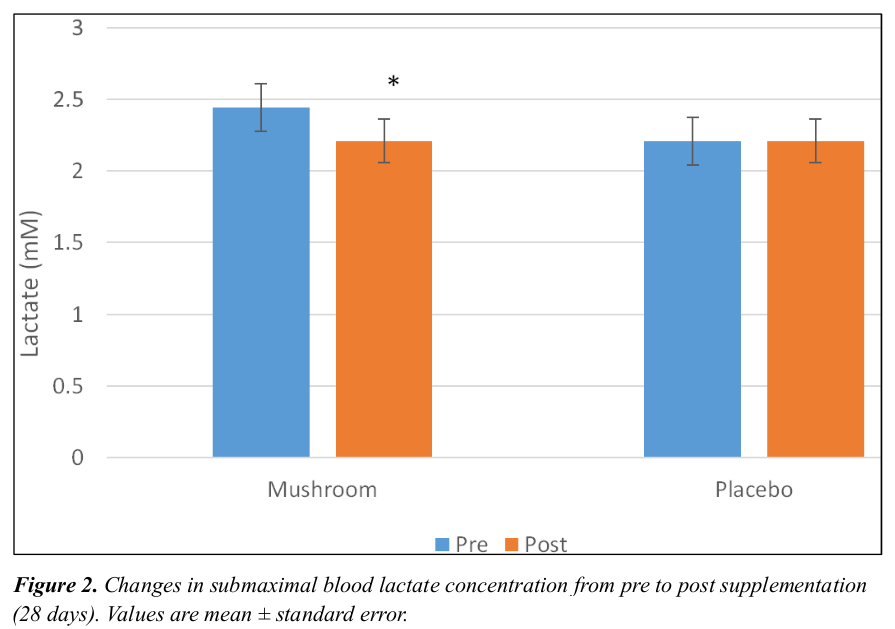
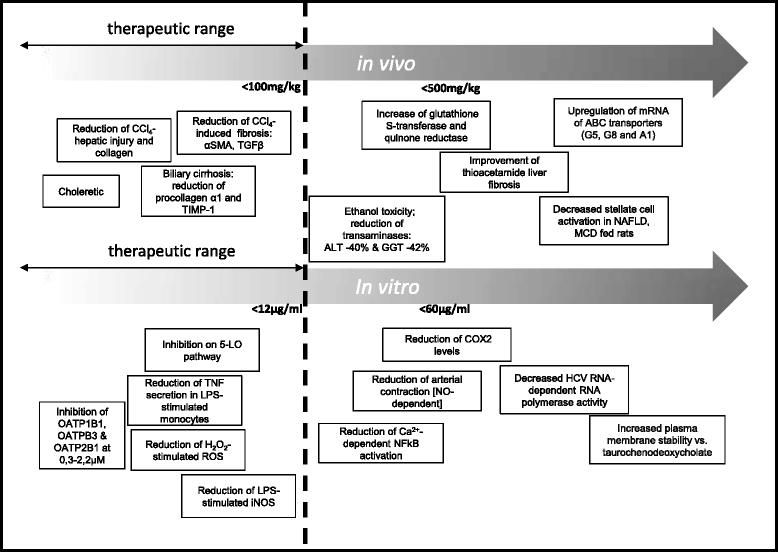

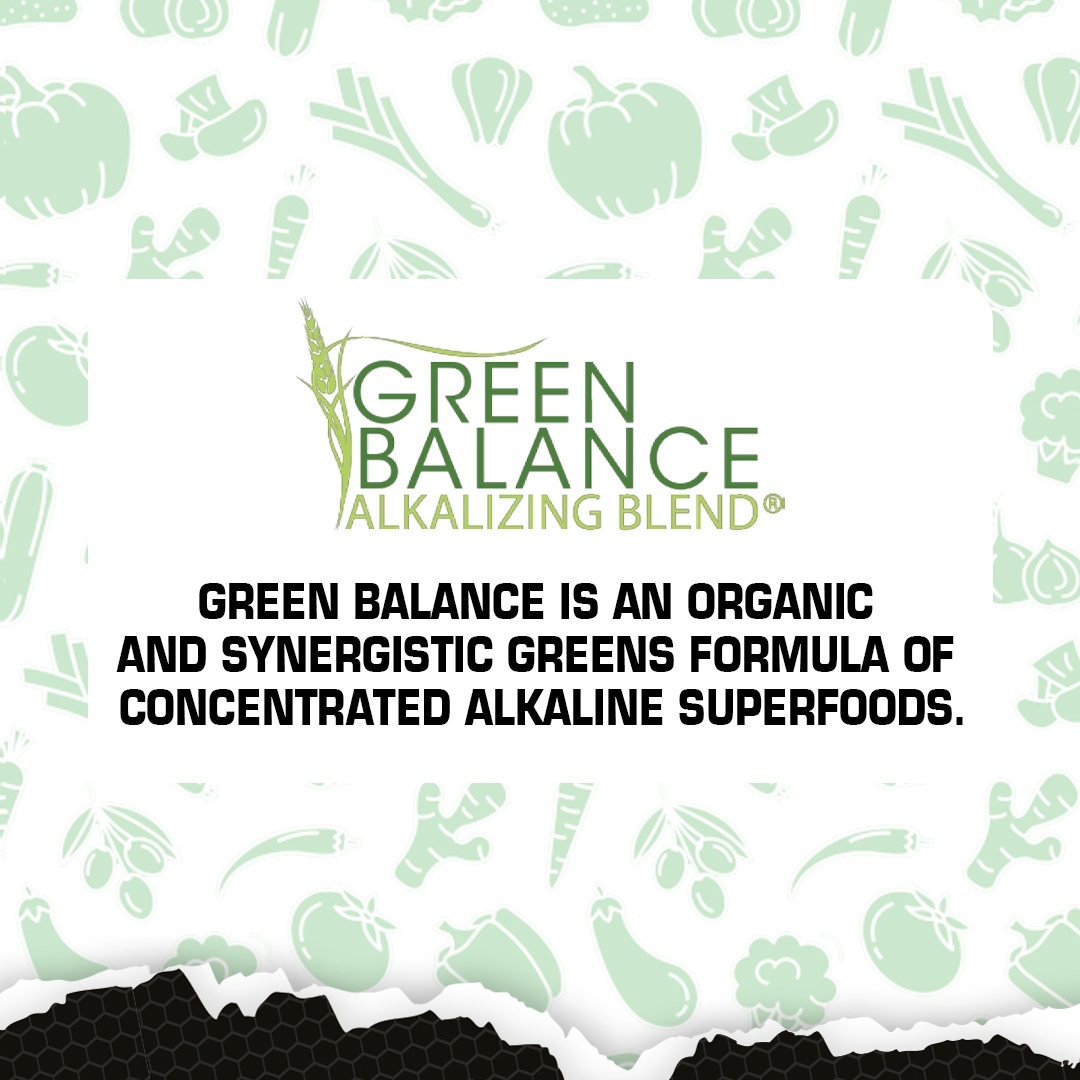
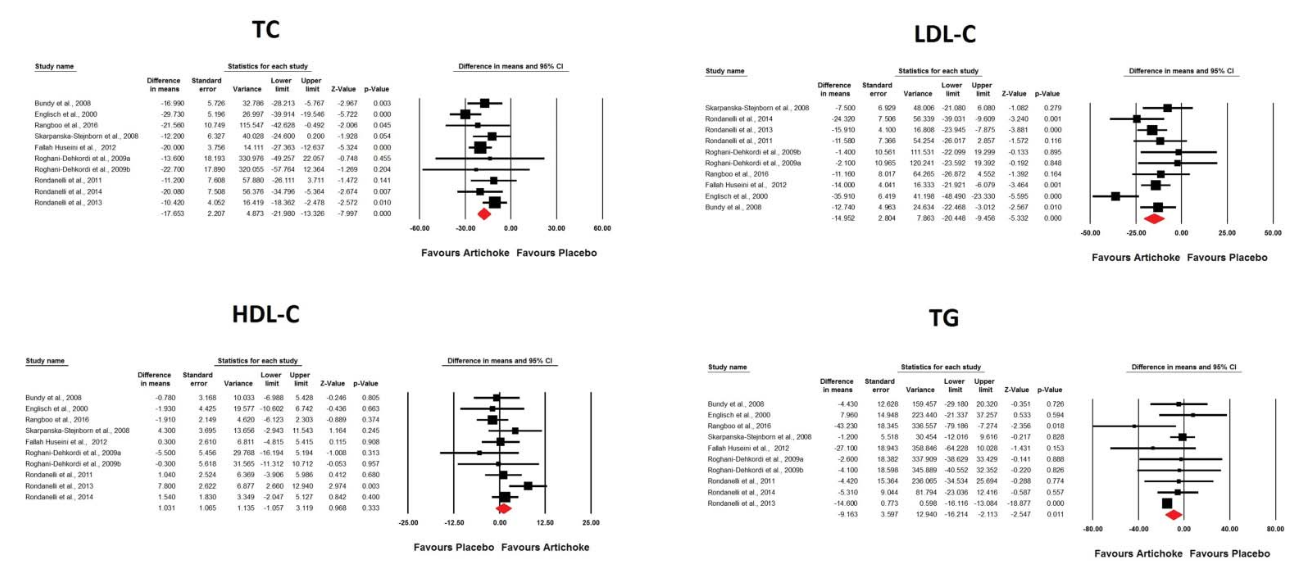
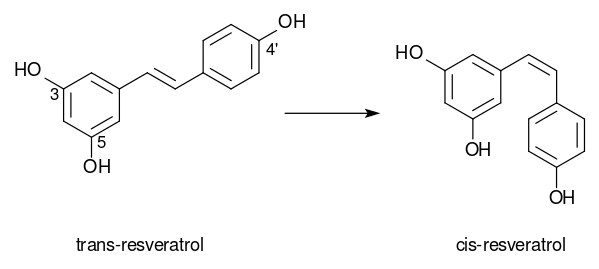
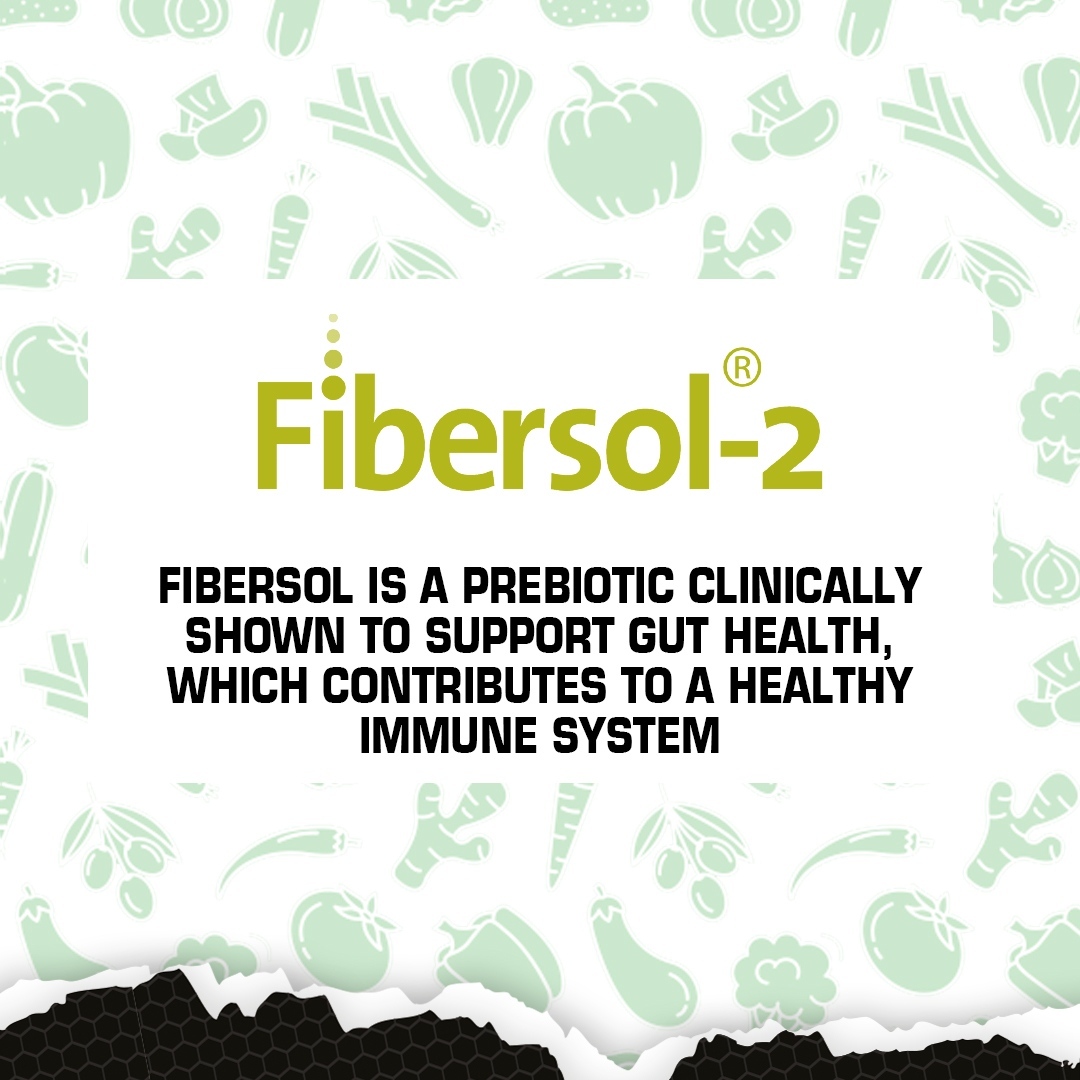
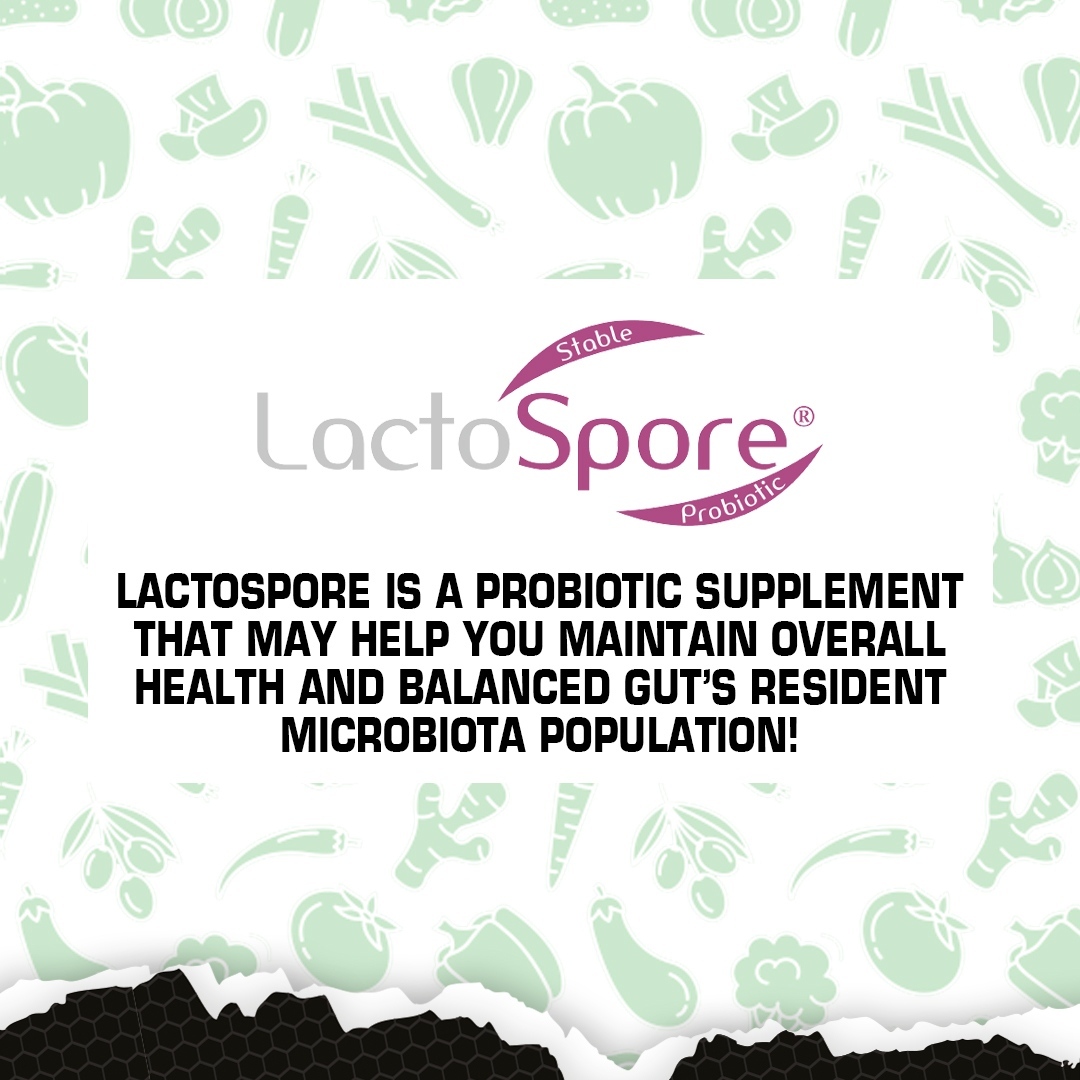
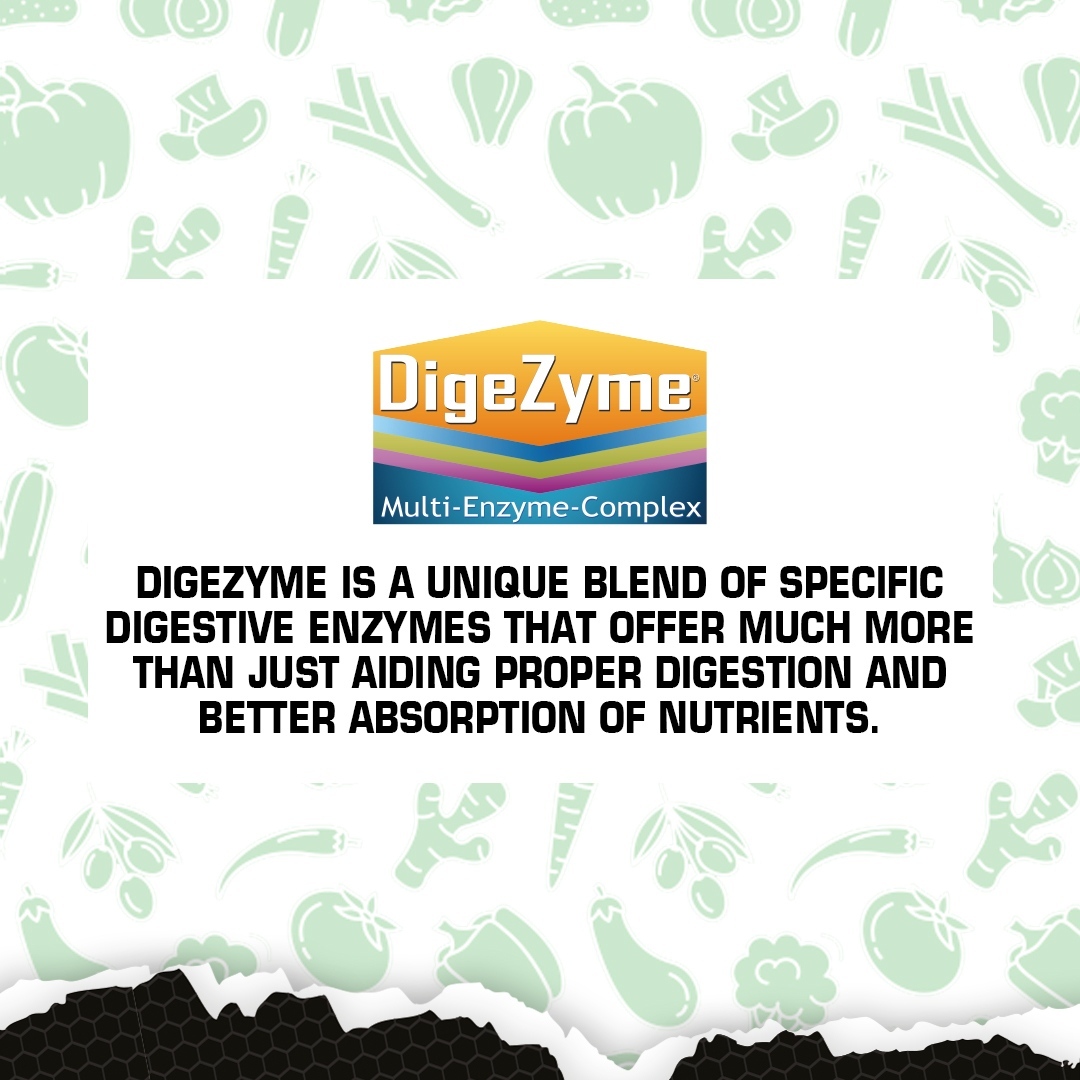
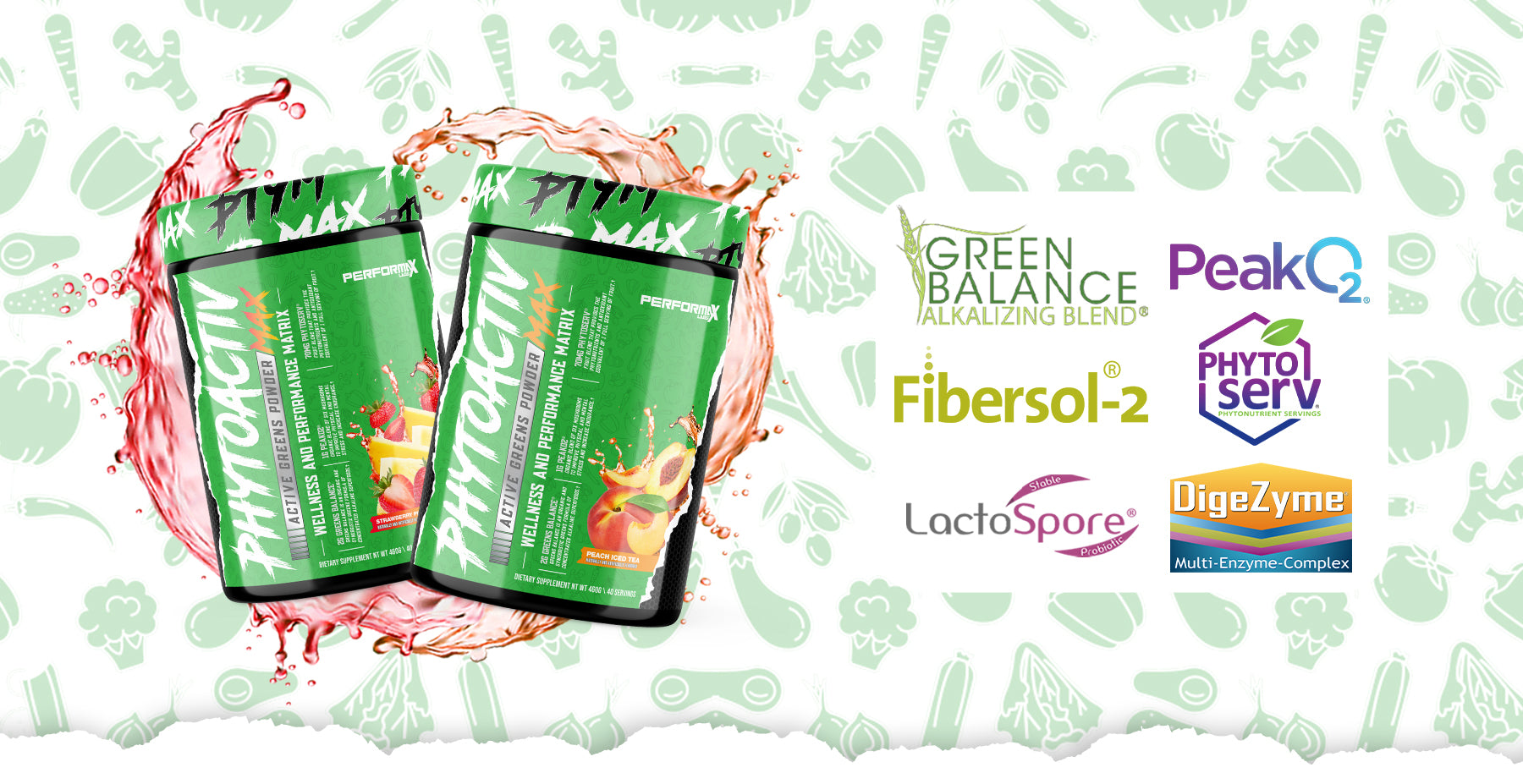


Comments and Discussion (Powered by the PricePlow Forum)